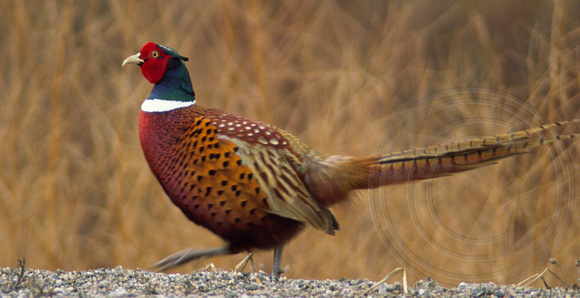
Originally from Asia it was the Russians who introduced them to Europe. And now in the finer "old money" restaurants in America they appear on the menu with regularity. They are a lower fat alternative to some of our more common meats. Packed with replenishing proteins they rejuvenate our skin and bones and keep our joints flexible.
Pheasant boasts particularly good levels of the amino acids that make up the proteins we eat, including lysine which is credited for having robust antiviral capabilities. Combined with Vitamin C, together they enhance collagen production to optimize firm skin, muscle recovery and bone strength. And when lysine is combined with arginine that pheasant also contains metabolism is stimulated, energy and vitality is boosted and weight is lost. Other amino acids like leucine, isoleucine and valine found in pheasant strengthen the skeletal muscles and keeps us mobile, upright and youthful in all our movements.
In addition, pheasant contains phosphorus which is essential when combined with calcium for bone renewal and the prevention of degeneration. Selenium activates thyroid hormones that also contributes to healthy energy levels and weight regulation. Pheasant is known to be low in calories yet high in protein that keeps our metabolism humming to keep our bodies light and sprightly.
One bird can serve between 2 to 4 individuals. And while a young bird can be roasted, an older one will need to be slow-cooked in a casserole.

No comments:
Post a Comment